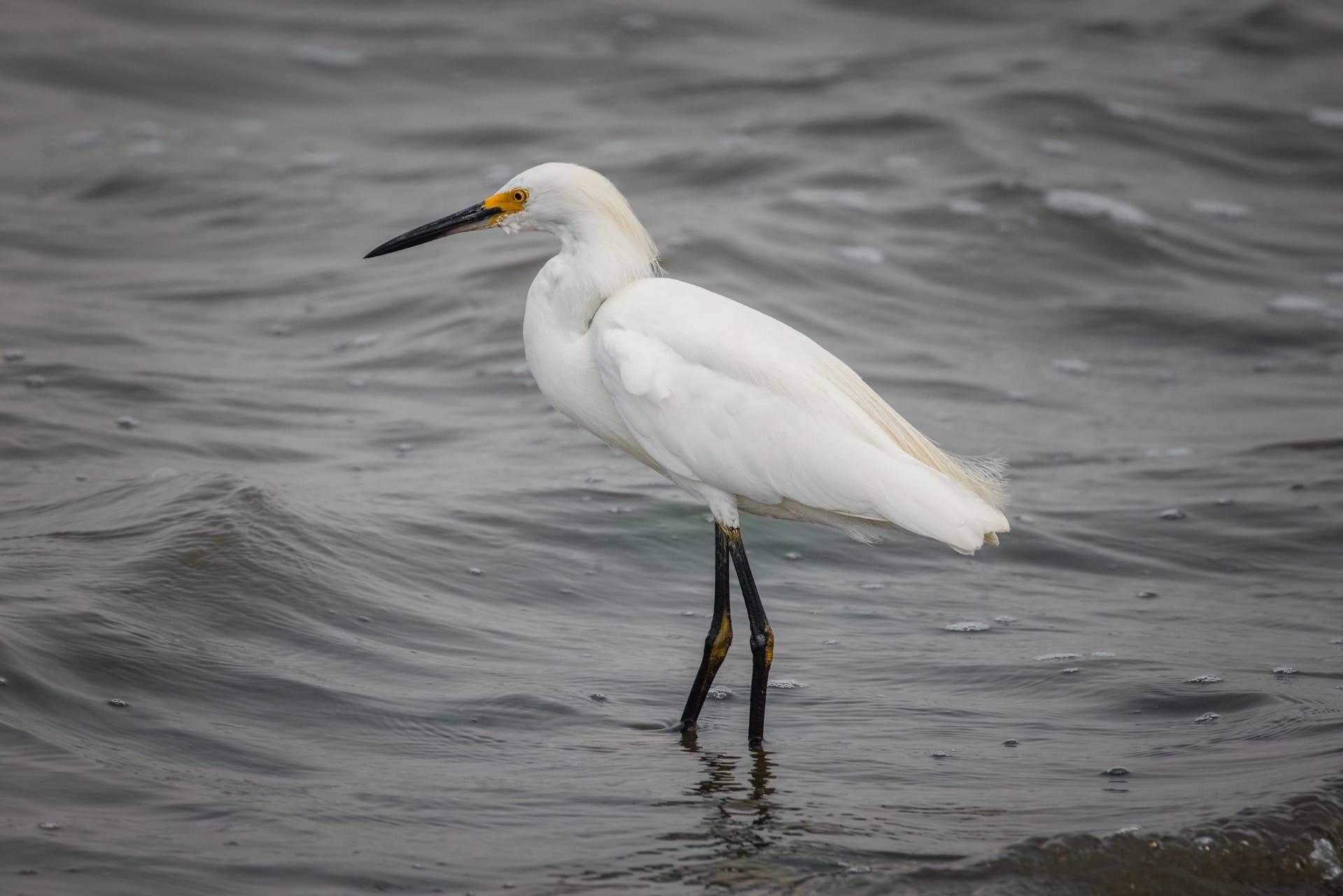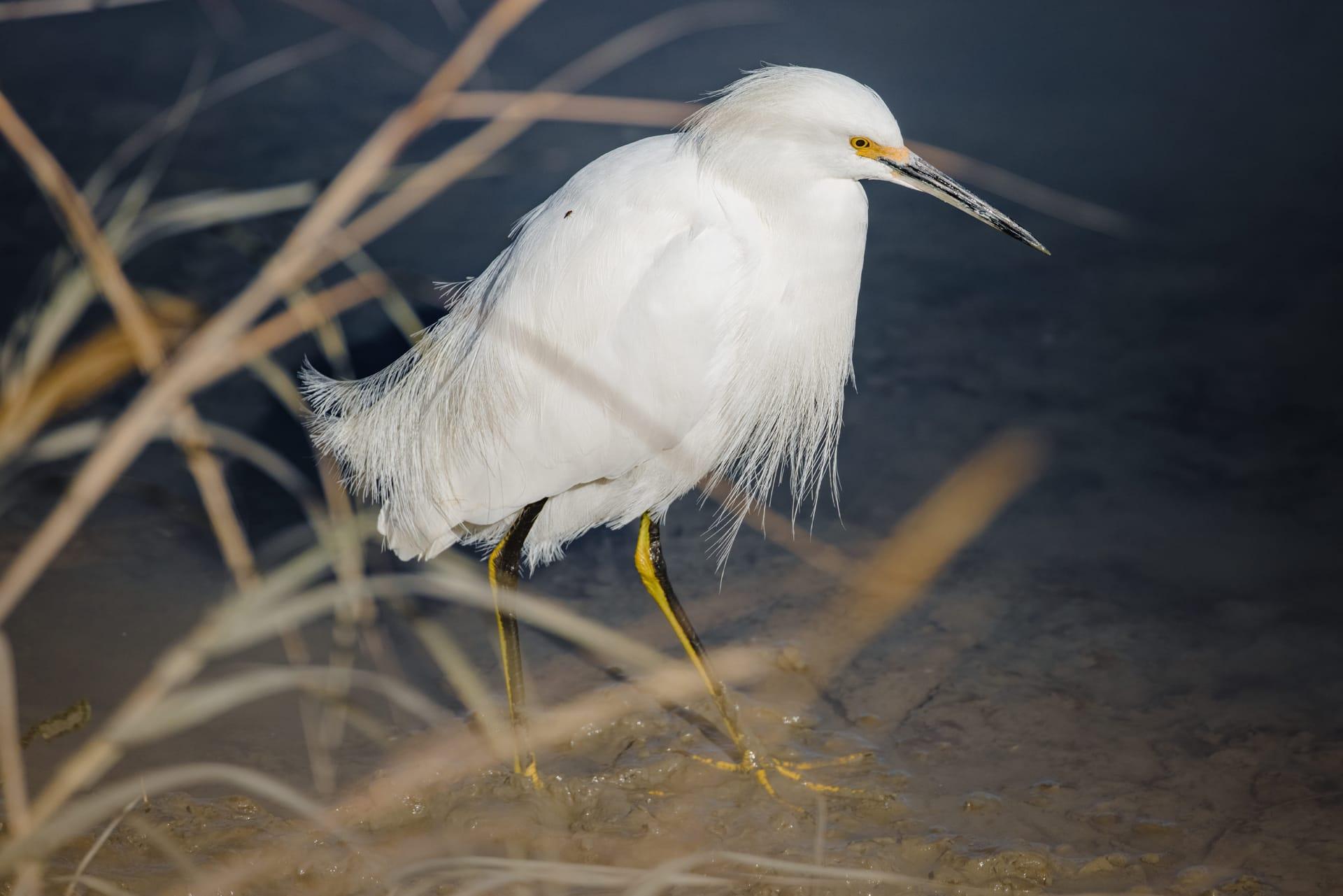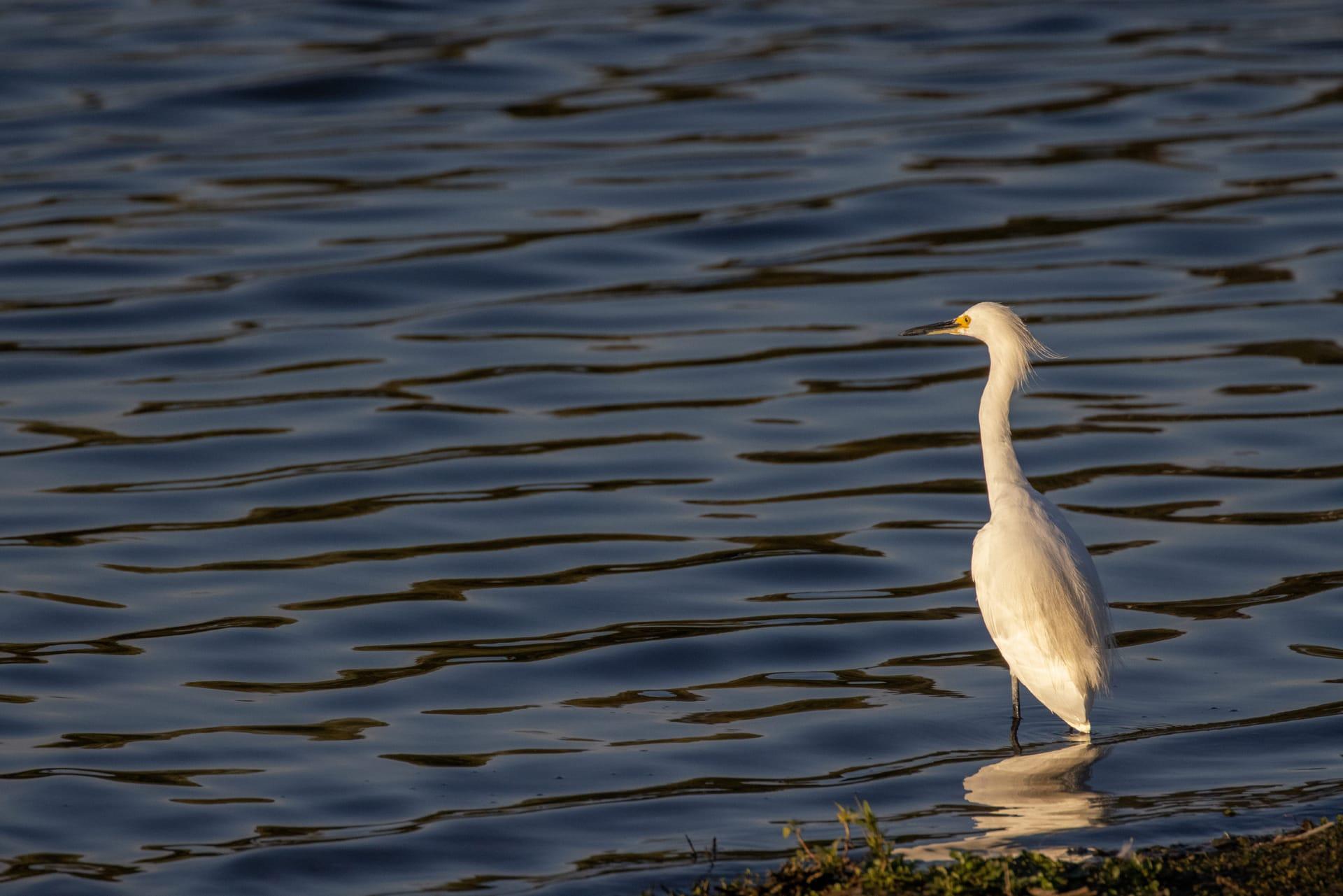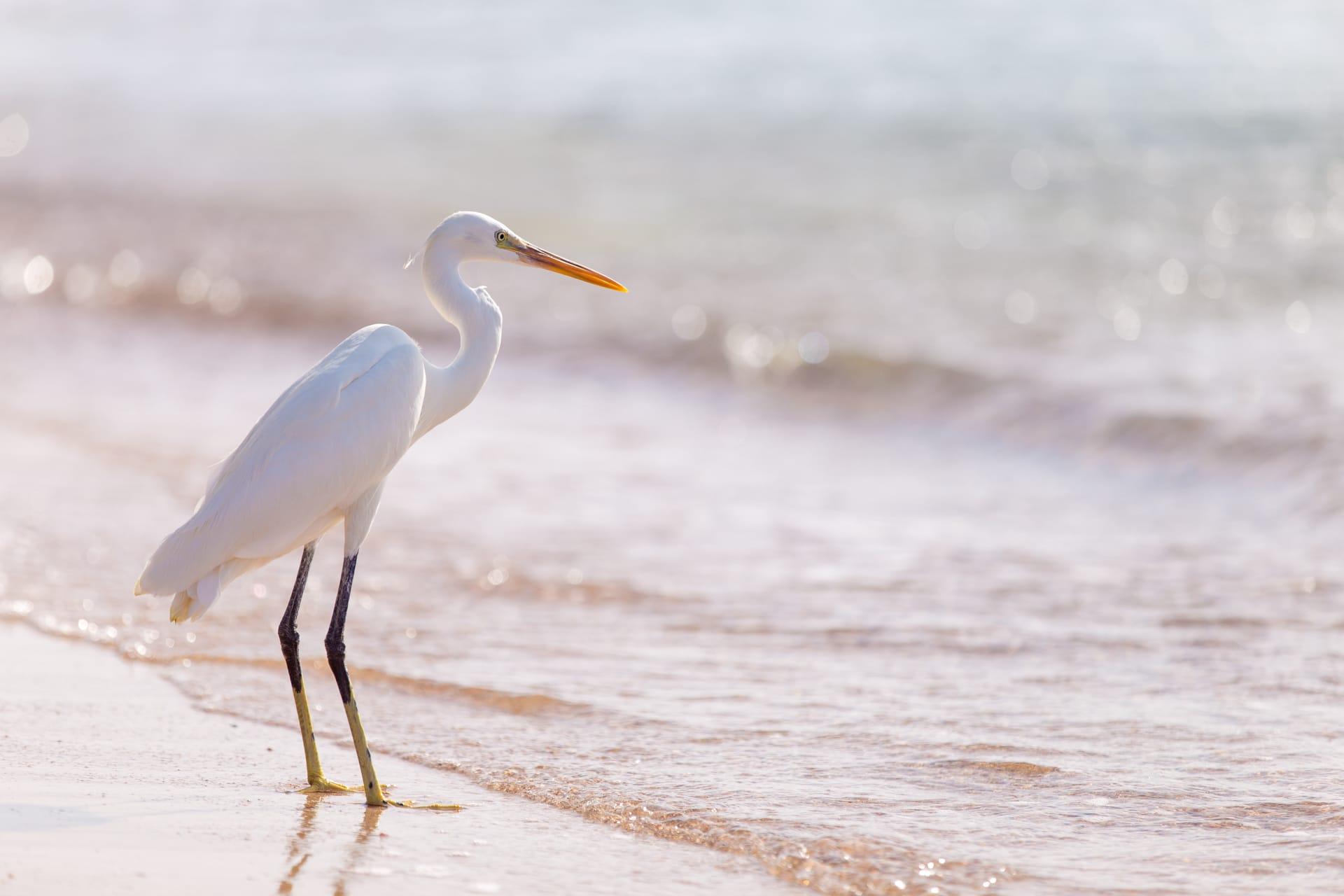Heron Trivia
- Home /
- Trivia Question /
- Animal /
- Heron Trivia
1
Question: How tall can a heron grow, and what's the wingspan of the largest heron species?
Answer: The Goliath Heron, the largest heron species, can stand up to 5 feet tall with an impressive wingspan reaching nearly 7 feet. That's about as wide as a small car! These majestic birds use their long legs to wade through shallow waters, hunting for fish, frogs, and insects.
Question: What is the diet of a heron, and how does it affect their hunting behavior?
Answer: Herons are primarily carnivorous, feasting on a diet rich in fish, amphibians, small mammals, and insects. They have a unique hunting style; they stand still as statues in shallow waters or on the shoreline, patiently waiting to strike with their sharp beaks. Their diet varies with location and season, making them versatile hunters.

2
Question: Do herons mate for life, and how do they raise their young?
Answer: Unlike some bird species, herons do not typically mate for life. They are generally monogamous during a breeding season. Both parents are involved in nest building, usually in tall trees or reeds. They jointly care for the young, feeding them regurgitated food until they are ready to fend for themselves.
Question: Is it true that herons can't swim despite living near water?
Answer: This is a common misconception. While herons aren't known for swimming, they can float and paddle in water if necessary. Their primary mode of transport is wading with their long legs, which are perfectly adapted for navigating shallow waters where they hunt.

3
Question: How long do herons live, and what are their main predators?
Answer: Herons can live up to 15-20 years in the wild, though many don't reach this age due to predation and environmental challenges. Their main predators include larger birds like eagles and hawks, as well as mammals like raccoons, which prey on eggs and young herons.
Question: Can herons adapt to different environments, and where are they commonly found?
Answer: Herons are incredibly adaptable and can be found in a variety of environments, from freshwater wetlands to coastal regions. They are widespread, inhabiting all continents except Antarctica. This adaptability allows them to thrive in diverse climates and ecosystems.

4
Question: What is the significance of a heron's plumage, and does it change with age?
Answer: Heron plumage is not just beautiful but also functional. It provides camouflage among reeds and water plants. Young herons typically have duller colors, which become more vibrant and pronounced as they mature. Some species, like the Great Blue Heron, develop striking breeding plumage used to attract mates.
Question: How do herons communicate with each other?
Answer: Herons communicate through a range of vocalizations and body postures. During the breeding season, they use loud croaks, honks, and other sounds to attract mates, express distress, or defend territory. Body language, such as neck stretching and feather ruffling, also plays a key role in their communication.

5
Question: What unique hunting strategies do herons use?
Answer: Herons employ several hunting techniques. The most common is 'stand and wait,' where they remain motionless to ambush prey. Some species use their feet to stir up or disturb prey, while others may drop bait, like feathers or insects, onto the water's surface to attract fish.
Question: Are herons solitary or social creatures, and how does this affect their behavior?
Answer: Herons are generally solitary, especially when hunting, to avoid competition for food. However, they come together during breeding seasons, forming colonies known as heronries, which can contain hundreds of nests. This social behavior helps in protecting against predators and increases mating opportunities.